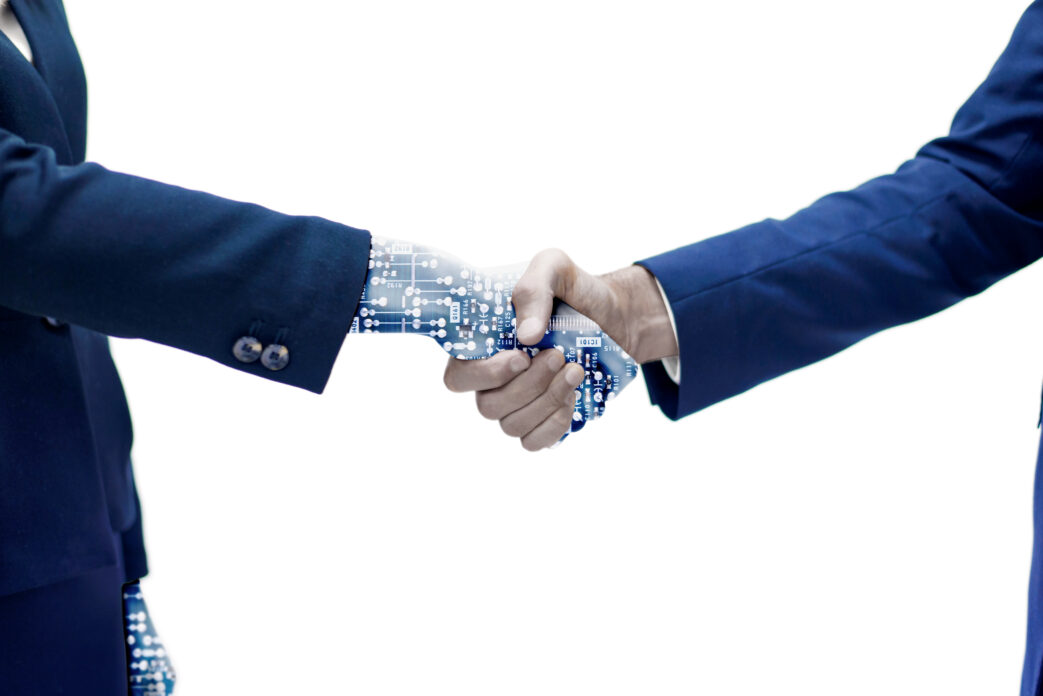Learning to tell the difference between chatbot or human interactions in today’s constantly evolving digital communication landscape is crucial. As technology advances, chatbots are getting smarter, making it harder to distinguish automated responses from genuine human conversations. This guide is to help you navigate this complex terrain and make smart choices when engaging in digital discussions.
Meet the AI Chatbot:
Developers create AI chatbots to mimic human social interactions. Chatbots use natural language processing to understand and respond to what users say.
These chatbots come in different forms, ranging from simple rule-based systems to sophisticated models. Some use deep learning algorithms for more nuanced conversations. Machine learning algorithms constantly improve AI chatbots. They learn from patterns in text data to better understand user inputs and generate relevant responses.
AI Chatbot Character Conversations:
- Immediate Responses: Chatbots are great at providing quick responses. If you receive an immediate reply, it’s probably a chatbot.
- Consistent Tone and Style: Chatbots stick to a consistent tone and style throughout the conversation. Humans may use different language, show various emotions, and express themselves differently.
- Unable to Understand Complex Queries: Despite improvements, chatbots sometimes struggle with complex or context-heavy questions. If the conversation hits a wall with nuanced queries, it’s likely a chatbot.
- Repetitive Phrasing: Chatbots may repeat certain phrases or responses. They especially do this when trying to steer the conversation back to predefined topics.
Navigating Interactions with Humans:
- Emotional Nuances: Humans bring emotional intelligence to conversations. They can understand and respond to emotions, showing empathy and adjusting their tone based on the context.
- Contextual Understanding: Humans excel at understanding context and can smoothly shift topics or dive into detailed discussions. If the conversation feels dynamic and rich, it’s likely a human interaction.
- Humor and Creativity: Wit, humor, and creative responses are part of human communication. If you come across these elements, you’re probably chatting with a real person.
- Delays in Responses: Humans take time to think and respond. If there are pauses between messages, it means the person is contemplating their reply rather than relying on algorithms.
Beyond the Binary: The Blurring Lines and Future of Digital Conversations:
The chatbot vs. human distinction isn’t always clear-cut. Advanced AI can now mimic human emotion and nuance, while real people struggle with speaking clearly or lack context.
The future lies in a hybrid landscape. Chatbots complementing human interactions, offering 24/7 support and information retrieval, while learning from human empathy and creativity. Ultimately, successful digital communication depends on recognizing the value of both, adapting our approach to each conversation’s unique dynamics. By embracing this blended future, we can ensure productive, efficient, and most importantly, authentic digital interactions.
Conclusion
To communicate effectively, being able to tell the difference between chatbot and human conversations is vital. While chatbots offer efficiency, the unique qualities of human interaction, like emotional intelligence and contextual understanding, are quite important. By recognizing the distinct characteristics of each, you can confidently navigate digital conversations, ensuring meaningful and authentic interactions in both personal and professional settings.
CESSON: where badass digital marketing since 2005 is not just a tagline—it’s our DNA and the power that propels our clients forward.

